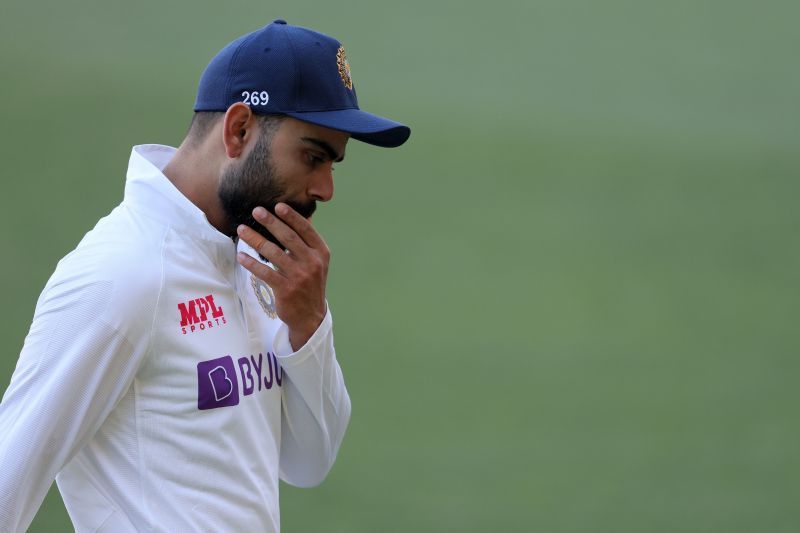
IND v AUS 2020, 1st Test: Kohli and the Indian team management must be held accountable for repeated selection errors
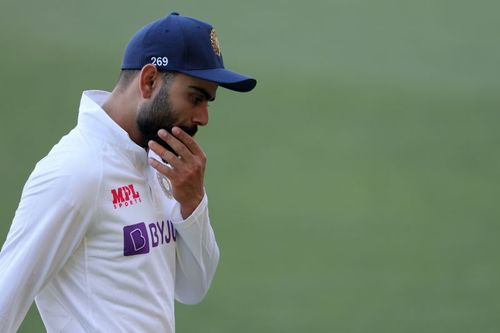
If you've watched the Indian cricket team over the last few years, you'll know that captain Virat Kohli is prone to making unnecessary, unprompted changes to his playing XI.
Even if you're not a fan of international cricket, and only follow the sport when the lucrative Indian Premier League rolls around once a year, you'll be able to relate to this theory with the example of Kohli's Royal Challengers Bangalore side.
Various experts such as Ashish Nehra, Mohammad Kaif, Virender Sehwag and Gautam Gambhir have lashed out at Kohli's selection policies, and not without reason. The 32-year-old almost always seems to identify the wrong players to back, and seems to get the team combination wrong in next to all games.
The latest instalment of Kohli's illogical approach to team selection came in India's humiliating 8-wicket defeat to Australia in the 1st Test of the Border-Gavaskar Trophy.
Why was Prithvi Shaw in the Indian playing XI for the 1st Test?
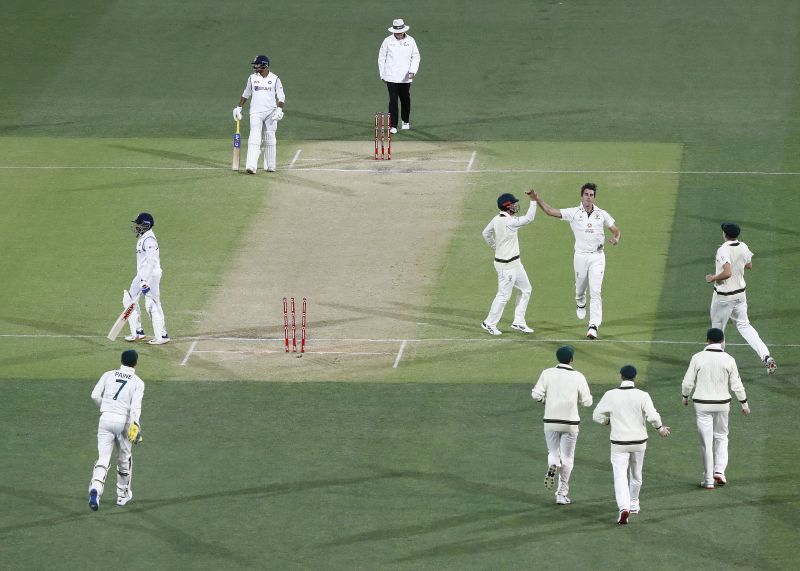
Prithvi Shaw is an immensely talented young player who has a very bright career ahead of him. The 21-year-old led India to the 2018 U-19 World Cup, and followed it up with a century on Test debut against the West Indies.
However, under no circumstance should Shaw have been part of the playing XI for the 1st Test. He was in outrageously poor form coming into the game, having registered scores of 0, 19, 40 and 3 in the two warm-up games and looking far from assured at the crease.
In the preceding Indian Premier League, Shaw was so inconsistent that he was even dropped from the Delhi Capitals playing XI in favour of Ajinkya Rahane, who is arguably not even suited to the T20 format.
On the Indian Test team's last assignment away in New Zealand, Trent Boult and Tim Southee put it beyond doubt that the young opener's technique has massive holes (both figuratively and literally). Even in the tour games ahead of the 2-Test series, Shaw managed scores of 0 and 39.
Shaw certainly has a future with the Indian team, and is one of the many young players slated to take over the opening role from the likes of Rohit Sharma and Shikhar Dhawan. But at this point in time, given his recent form and porous technique, he shouldn't have been in the playing XI for the 1st Test.
To back this claim up with numbers, these are Shaw's scores over his last 25 innings across formats (most recent first): 4, 0, 3, 40, 19, 0, 0, 9, 10, 7, 0, 0, 4, 19, 42, 66, 2, 64, 5, 14, 54, 14, 16, 39, 0.
Shubman Gill played a number of promising innings in the IPL and in the two warm-up games. He displayed a far more airtight defence, and looked comfortable against swing and the short ball. The Punjab-born batsman showed great temperament and application, and had he not gotten a dodgy LBW decision in the second practice game, could've put on a truly big score.
The only thing against Gill is the fact that he is yet to make his Test debut, but he has played enough cricket against the best bowlers in the world in the IPL. Moreover, Shaw had played only 4 Tests before the start of the Border-Gavaskar Trophy, and is hardly a veteran at the Test level.
KL Rahul, on the other hand, has been in a rich vein of form over the last two years. The Orange Cap in the IPL was followed up by a superb performance in the ODI series, and his game has improved by leaps and bounds since he was dropped from the Indian Test side.
Rahul didn't play either warm-up game, so it was expected that he wouldn't be part of the playing XI for the 1st Test. But why the Indian team decided to make him play the dead-rubber final T20I instead of giving him a taste of the whites is a question only they can answer.
India even had Sanju Samson, who is a full-time keeper, in the playing XI for the final T20I, but still went with Rahul. Why wasn't the 28-year-old part of India's plans for the 1st Test?
Both Rahul and Gill would have been better options than Shaw. Maybe even Hanuma Vihari, who has opened the batting for India in the past alongside Mayank Agarwal in Australia, could have been considered.
Picking Wriddhiman Saha over Rishabh Pant in Australia defies logic
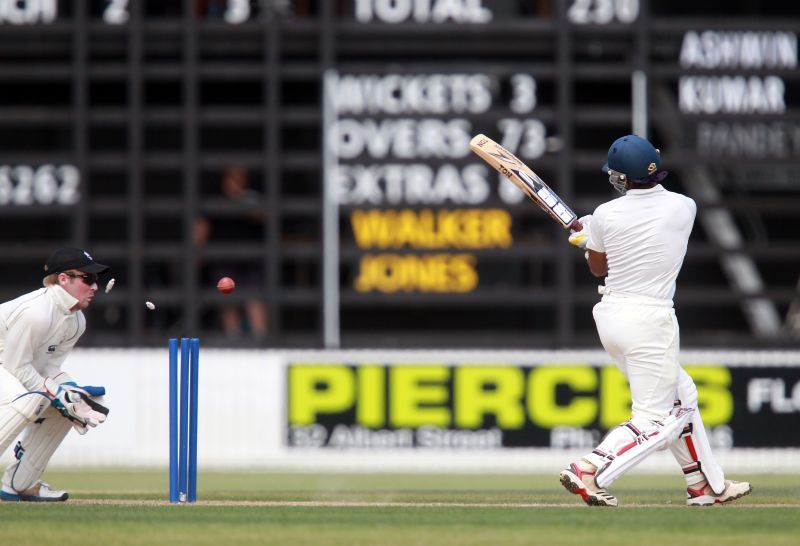
Wriddhiman Saha will want to forget this Test in a hurry. The 36-year-old shelled a couple of difficult catches behind the stumps, and his smart run-out of Matthew Wade when the game was all but over did nothing to mask the fact that he scored only 13 runs in the game.
Saha's dismissals were horrific to say the least. A lazy waft to a gentle loosener from Mitchell Starc - the first ball he faced on Day 2 - brought about his downfall when his team needed him to stitch together partnerships with the tail. The second innings was arguably worse, as he spooned a catch to short mid-wicket in tame fashion with his team in the direst of straits.
This begs the question - why wasn't Rishabh Pant in the playing XI for the 1st Test?
There's no doubt that Saha's the better keeper, even if he wasn't at his best with the gloves on in this game. However, how much does the wicket-keeper matter in a country like Australia?
Playing Saha might have been understandable in England, where there is a lot of lateral movement on offer. On the dust-bowls of India, the wicket-keeper needs to stay low to be solid against the spinners.
But in Australia, there's not much turn off the wicket or movement in the air. Is having the best keeper necessary, especially when the said keeper currently has an average of 15.5 in the country?
Pant scored 350 runs on his last tour of Australia, and took 20 catches behind the stumps. Breaking a number of records and getting under the nerves of the Aussies with his constant chatter, the 23-year-old ended up as India's second-highest run-scorer behind Cheteshwar Pujara. He even broke a lean patch with a swashbuckling hundred in the second warm-up game.
Pant would've added a different counter-attacking element to the Indian middle order, which was easily brushed aside while trying to blunt the Australian bowlers out of the match. Being a left-hander, he would've also been able to capitalise on the inevitable bad balls - something Wade feasted on in the second innings.
When will Virat Kohli and India mend their broken ways?
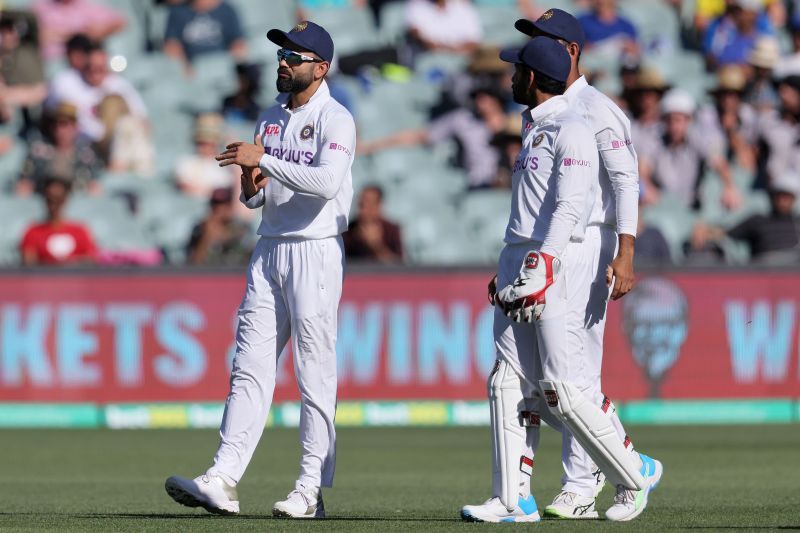
It is now clear that Shubman Gill, KL Rahul and Rishabh Pant must be brought into the team for the 2nd Test. Stand-in captain Ajinkya Rahane will have to ensure that he doesn't take a leaf out of Kohli's book, and make these changes before the series is beyond salvaging.
Even if the new entrants do make an impression, the return of Rohit Sharma will mean that at least one of the players who took part in the game will not find a place in the playing XI for the 3rd Test.
Fans have the right to ask the difficult question - when will Virat Kohli and India realise the futility of their strategies?
We've seen selection errors being made across formats and against all oppositions. India have had little success in ICC tournaments under Kohli, and a massive lead at the top of the World Test Championship has now been squandered.
Kohli is not the only one to blame, of course. The team management, the leadership group, and in particular coach Ravi Shastri must shoulder responsibility for making repeated selection errors. The right players aren't being backed, and even those who have the support of the team fall out of favour after a failure or two.
Kohli's reputation as a captain is fast fading, and his entire team managing only 36 runs before being thrashed by 8 wickets has put him under immense pressure. He and his team management must be held accountable for almost single-handedly losing matches off the field, and they must mend their broken ways immediately.